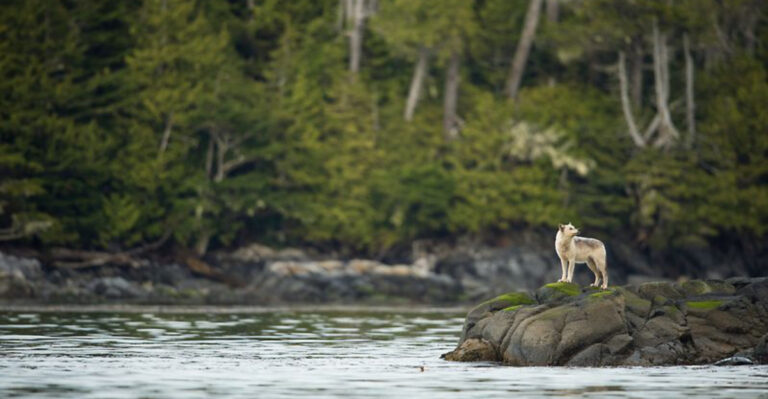The Hidden Crisis In California’s Least Recognized National Park And Its Impact On Wildlife
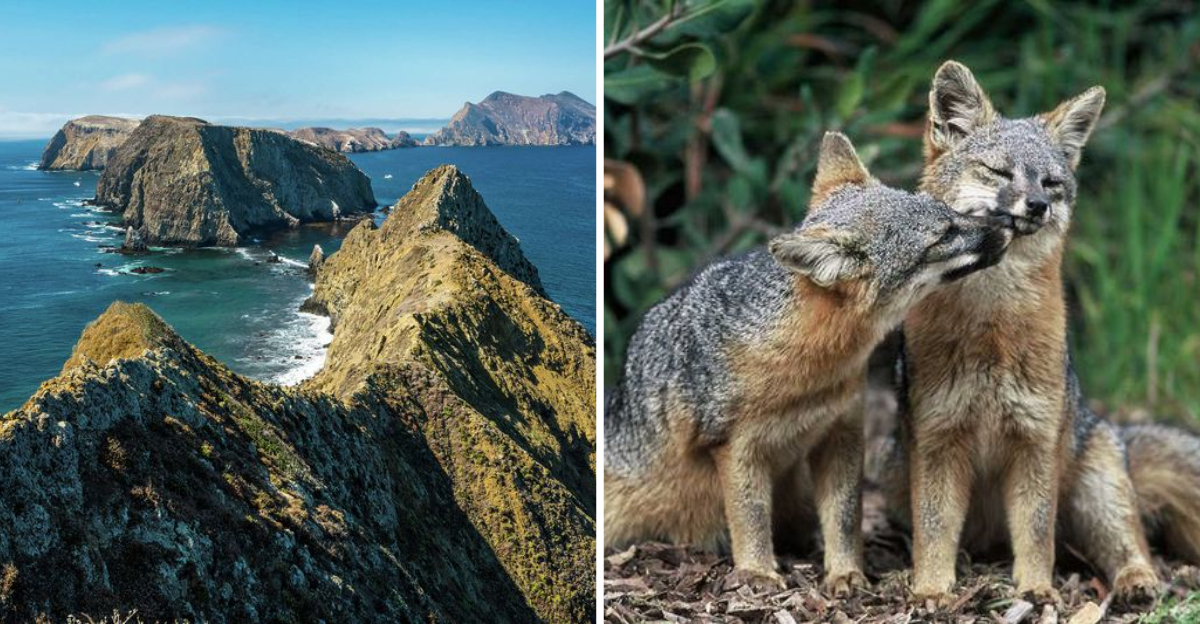
Just off the coast of Southern California lies a hidden gem – Channel Islands National Park. Despite being home to incredible biodiversity, this archipelago faces serious environmental challenges that few Californians know about.
The park’s isolation has created unique ecosystems with plants and animals found nowhere else on Earth, but this isolation also makes its wildlife especially vulnerable to threats that could permanently alter these fragile islands.
1. America’s Galapagos In Peril

Often called “America’s Galapagos,” Channel Islands National Park harbors extraordinary biodiversity that rivals its famous Ecuadorian counterpart. The park encompasses five remarkable islands: Anacapa, Santa Cruz, Santa Rosa, San Miguel, and Santa Barbara.
Each island evolved in isolation, creating distinct mini-ecosystems with species adapted specifically to their unique environments. Nearly 150 plant and animal species here exist nowhere else on the planet!
The islands’ isolation – both geographically and from public awareness – has preserved these evolutionary wonders but now threatens their survival as conservation efforts struggle without widespread support.
2. Visitor Numbers Reveal A Recognition Problem
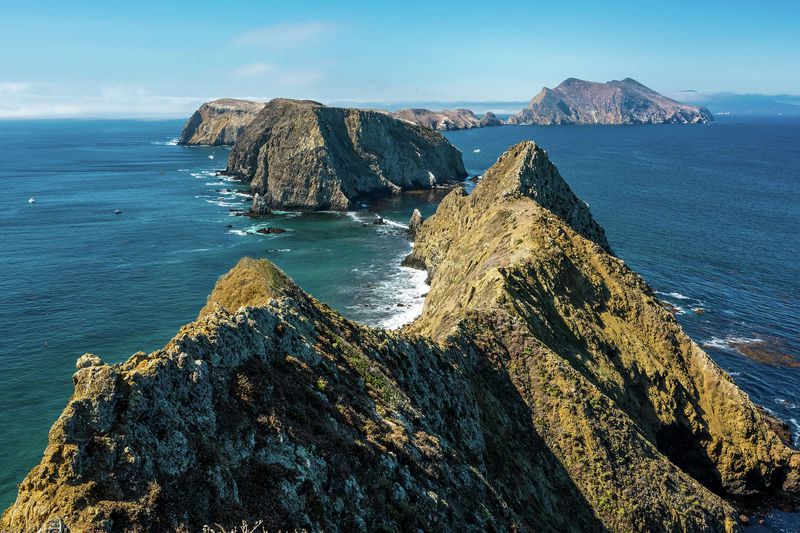
While Yosemite welcomes over 4 million visitors annually and Joshua Tree sees nearly 3 million, Channel Islands National Park receives fewer than 400,000 visitors per year. This stark contrast highlights a troubling awareness gap.
The park’s remote location requires boat or small plane access, creating a barrier most casual tourists won’t cross. Low visitation translates directly to reduced public advocacy, minimal media coverage, and ultimately less funding for critical conservation work.
When people don’t experience these islands firsthand, they’re less likely to fight for their protection – creating a cycle of neglect that endangers the park’s future.
3. Island Fox: A Conservation Success Story Now Threatened Again
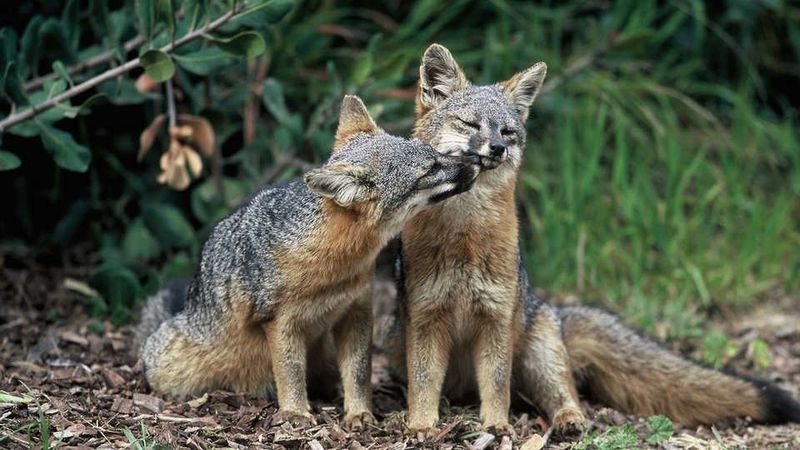
The Channel Islands fox – a tiny, cat-sized canid found nowhere else on Earth – nearly disappeared in the 1990s. Their population plummeted by over 95% due to predation by golden eagles (which arrived after humans eliminated bald eagles through DDT poisoning).
A remarkable recovery effort brought these foxes back from the brink of extinction in the fastest mammal recovery in Endangered Species Act history! Yet today, new threats emerge.
Climate change, introduced diseases, and habitat degradation endanger their fragile recovery. Their story represents both hope and warning – conservation works, but without sustained protection, success can quickly unravel.
4. Invasive Species Wreak Havoc On Native Ecosystems
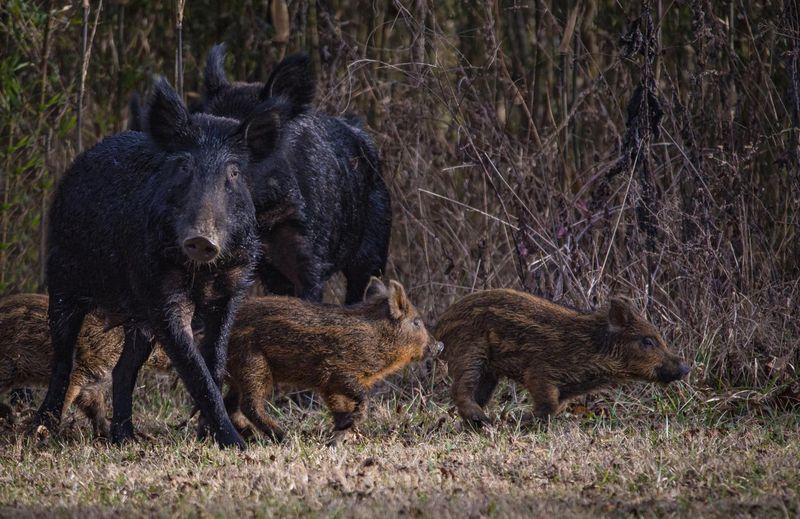
Rats, pigs, and non-native plants have devastated Channel Islands ecosystems since their introduction by early settlers. These unwanted visitors eat native plants, destroy habitats, and prey on ground-nesting birds and their eggs.
On San Miguel Island, introduced sheep once stripped the landscape so bare that historic sand dunes reactivated, burying archaeological sites and native plant communities.
Park managers have successfully removed many invasive mammals, but the battle continues against invasive plants like fennel and ice plant that choke out native species. Each removed invasive species allows the islands to heal, but complete recovery requires decades of dedicated work.
5. Marine Pollution Threatens Surrounding Waters

The Channel Islands may seem remote, but they’re not immune to pollution from the nearby mainland. Ocean currents carry plastic debris, chemical runoff, and oil residue from Southern California’s dense urban areas directly to these pristine shores.
Marine mammals like sea lions and seals ingest or become entangled in plastic waste. Oil spills pose catastrophic threats – the 1969 Santa Barbara oil spill killed thousands of seabirds and marine mammals.
Even noise pollution from shipping lanes disrupts whale communication and migration patterns. The park’s marine sanctuary status offers some protection, but enforcement remains difficult across such vast ocean areas.
6. Climate Change: Rising Seas Threaten Coastal Habitats

Sea level rise presents an existential threat to the Channel Islands’ coastal ecosystems. Important habitats like tide pools, sea caves, and nesting beaches for seabirds could disappear completely as waters rise.
Anacapa Island’s vital seabird colonies – including the largest breeding colony of western gulls in the world – face habitat loss as nesting sites erode.
Ocean acidification, another climate change impact, dissolves the shells of marine creatures that form the base of the food chain. Warmer waters also drive away cold-water species like sea stars and bring new competitors and diseases, fundamentally altering marine communities that have existed for millennia.
7. Budget Constraints Limit Essential Conservation Work
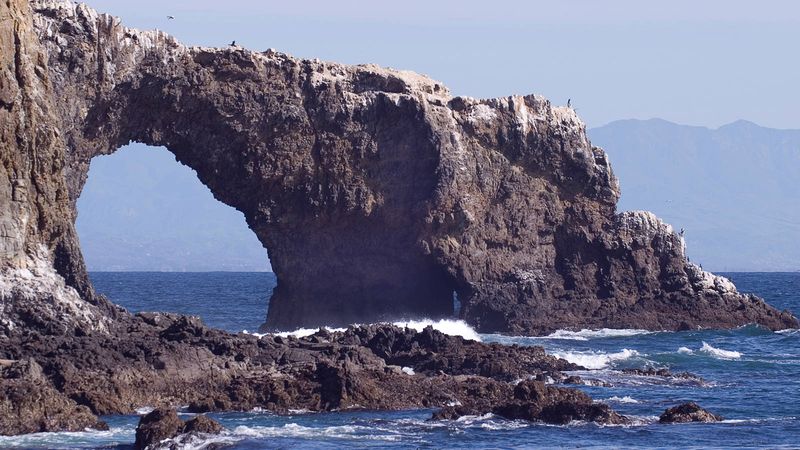
Despite managing over 250,000 acres of land and water, Channel Islands National Park operates on a shoestring budget compared to more popular parks. This financial limitation cripples conservation efforts when they’re needed most.
Rangers struggle to monitor vast areas for poaching, illegal fishing, and visitor violations. Scientific research that could guide protection efforts goes unfunded. Invasive species removal programs face cuts despite their proven success.
The park’s isolation compounds these problems – everything from staff transportation to equipment maintenance costs more due to the remote location. Without adequate funding, even the most dedicated conservation professionals can’t address the mounting challenges facing these islands.
8. Endangered Plant Species Face Multiple Threats

The Channel Islands host an astonishing variety of rare plants – including 76 species found nowhere else on Earth. These botanical treasures evolved in isolation over thousands of years, creating unique adaptations to the islands’ specific conditions.
Today, many teeter on extinction’s edge. The Santa Cruz Island bush mallow exists as fewer than 50 individual plants. Island barberry and soft-leaved paintbrush face similar predicaments.
Threats come from all directions – invasive plants outcompete natives, introduced animals eat seedlings, and climate change alters growing conditions.
Conservation nurseries now cultivate these rare species, but reintroduction efforts face significant challenges in ecosystems altered by centuries of human impact.
9. Archaeological Sites Reveal 13,000 Years Of Human History At Risk

The Channel Islands contain some of North America’s oldest archaeological sites, including evidence of the continent’s earliest maritime cultures dating back 13,000 years. These irreplaceable cultural treasures face destruction from both natural forces and human activity.
Rising seas erode coastal sites containing ancient Chumash artifacts and middens. Looters occasionally target sites despite legal protections. Even well-meaning visitors can inadvertently damage fragile resources.
The remains of “Arlington Springs Man” discovered on Santa Rosa Island represent some of the oldest human remains in North America, highlighting the islands’ archaeological significance. Preserving these sites requires specialized expertise and resources that stretched park budgets struggle to provide.
10. Seabird Colonies Declining Despite Protection
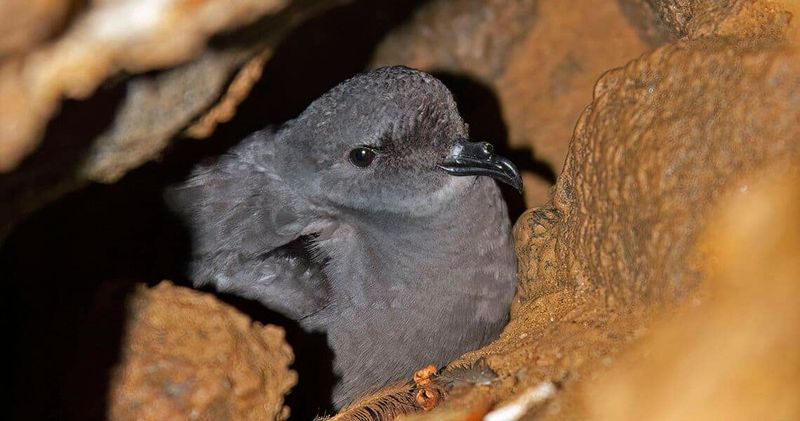
The Channel Islands host California’s largest breeding colonies of seabirds, with over 99% of the state’s ashy storm-petrels nesting on these remote shores. These magnificent birds face mounting threats despite the islands’ protected status.
Light pollution from mainland cities confuses nocturnal seabirds, causing deadly collisions. Oil spills can devastate entire colonies in a single event. Warming oceans shift food sources away from traditional feeding grounds.
Even restored populations remain vulnerable – the brown pelican recovered from DDT poisoning only to face new breeding failures as climate change affects their food supply. Protecting these birds requires addressing complex threats that extend far beyond park boundaries.
11. Underwater Kelp Forests Disappearing At Alarming Rates

The underwater kelp forests surrounding the Channel Islands once ranked among Earth’s most productive ecosystems – teeming with fish, invertebrates, and marine mammals. These magnificent submarine forests now face catastrophic decline.
Purple sea urchin populations have exploded following the mass die-off of their predator, the sunflower sea star, from a wasting disease linked to warming waters. Unchecked urchins devour kelp holdfasts, creating barren underwater landscapes devoid of life.
Once-lush forests that supported hundreds of species have vanished in just a few years. Recovery efforts include experimental urchin culling and kelp restoration, but success remains uncertain in our rapidly changing oceans.
12. Educational Programs Struggle To Reach Mainland Students
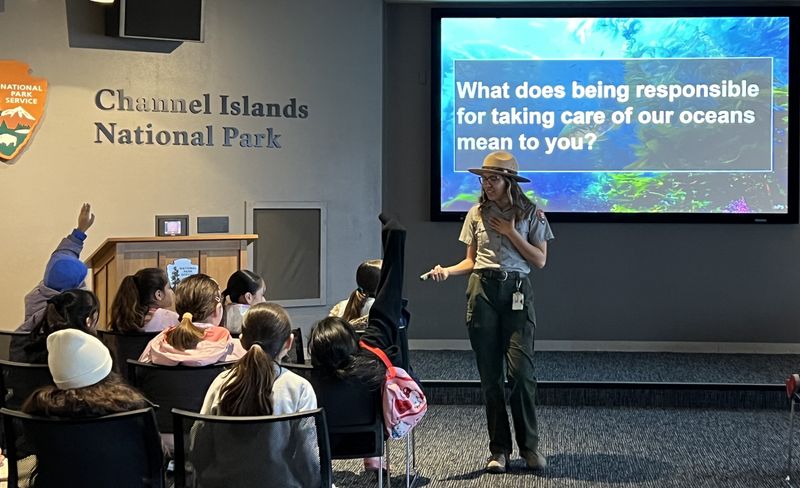
Despite offering some of California’s most valuable environmental learning opportunities, Channel Islands National Park’s educational programs reach only a fraction of nearby students. The park’s isolation creates both physical and financial barriers to access.
Field trips require expensive boat transportation beyond many schools’ budgets. Virtual programs help bridge this gap but can’t replace hands-on experiences. This access inequality particularly impacts underserved communities in nearby cities like Oxnard and Ventura.
Without personal connections to these islands, the next generation may not develop the environmental awareness needed to protect this unique place. Some innovative programs now bring island materials to mainland classrooms, but funding limitations restrict their reach.


